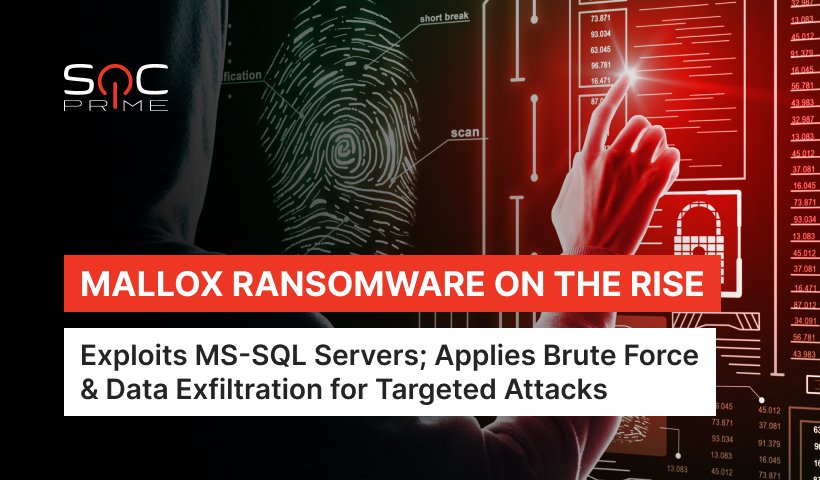Executive Summary:
In 2023 alone, more than 33 billion Records will be stolen by cybercriminals. Last year, phishing attacks increased by 61%, and in a three-month period, overall 3 million Phishing attacks have been observed worldwide. Most organizations now experience IoT-related cyberattacks every week, and malware, including ransomware, remains a constant threat.
Cybercrime shows no sign of slowing down. To avoid being compromised, the current threat landscape means CISOs need to drive unparalleled operational resilience. By orchestrating the interplay of a strong set of strategies, tactics, technologies and human resources, CISOs can proactively prevent cyber incidents and ensure business continuity in the face of adversity.
Leading CISOs deploy a multifaceted approach that includes risk management, comprehensive incident response planning, monitoring, compliance, and more. In this article, we’ll explore practical ways for CISOs to not only drive resilience, but pave the way for sustainable business growth.
The need for operational resilience
As organizations attempt to prevent an increasing number of complex and evolving cybersecurity threats, operational resilience becomes a top priority for leaders.
The level of operational resilience of the organization depends on the organization’s ability to adapt, respond and recover from disruptive events — From cyber attacks to natural disasters to other incidents — without compromising essential operations.
in 2022, 62% Among the companies, they noted that cyber security incidents have affected business activity in the past, and sometimes resulted in serious consequences.
Operational Resilience: Key Strategies
Improve your risk management model. Perform against these operational resilience measures:
1. Proactive risk management. to put Security kicks in. As organizations change processes and practices, cybersecurity leaders must shift from a reactive risk management approach to a proactive one. CISOs need to identify organizational security risks and prevent potential problems before they occur.
This often involves conducting comprehensive risk assessments, initiating threat modeling exercises, redesigning the cybersecurity stack, acquiring AI-based threat intelligence, and searching forw partnerships, among others. from exBy increasing risk awareness and implementing innovative risk management tactics, CISOs can effectively and proactively mitigate cybersecurity risks.
2. Identity management and strong access. Only authorized people will have access to critical systems and data. CISOs should enforce strong authentication measures using Zero Trust. Do not trust a device, user, workload or system by default; Not inside or outside the security scope.
Rebuilding a security infrastructure around a Zero Trust approach using point solutions may lead to a complex deployment and built-in security gaps. To avoid this, some vendors offer practical and holistic approaches to implementing Zero Trust based on a single unified cybersecurity architecture.
3. Threat intelligence and information sharing. Make sure your organization leverages the power of big data threat intelligence and information sharing platforms. The best real-time threat intelligence platforms rely on hundreds of millions of sensors and are enriched with artificial intelligence-based engines.
4. Response to events and business continuity planning. To achieve operational resilience, CISOs need to facilitate the development and testing of comprehensive incident response plans and business continuity strategies. Corresponding documents describe roles and responsibilities in the event of a breach. They also describe how to limit the impact of an incident and how to keep the business operational following a cyber attack.
5. Security strategies and cloud migration. While the coronavirus pandemic has sparked sudden and massive shifts to the cloud, these types of digital transformations are still ongoing. Make sure your organization works with a reputable cloud security provider whose tools can help with encryption, environmental monitoring, and misconfiguration detection.
6. Continuous monitoring and development. Cultivating operational resilience takes time. It requires collaboration, continuous exploration of what works and what doesn’t, and adaptation. To manage this process well, CISOs may want to leverage advanced security technologies, such as WitH AI-based features and capabilities.
In our insecure digital world, implementing the above strategies can move organizations towards greater resilience, security and stability.
For more insight into executive-level cybersecurity, check out CyberTalk.org’s past coverage. Don’t miss out on the latest trends and insights – please subscribe to CyberTalk.org newsletter.








